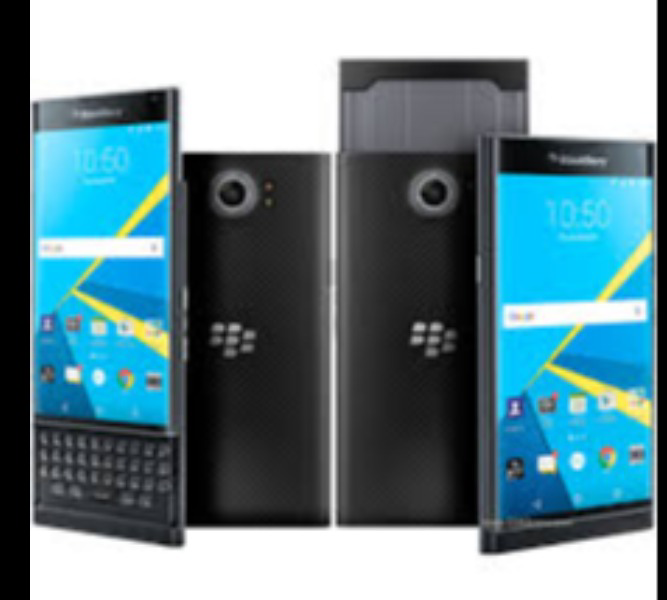


The BlackBerry Priv, launched in November 2015 by BlackBerry Limited, was the company’s first Android smartphone, featuring a 5.4-inch QHD AMOLED display and a slide-out QWERTY keyboard. Priced at $699/£559 at release, it runs Android 5.1.1 Lollipop (upgradable to 6.0.1 Marshmallow), powered by a Snapdragon 808 chipset, 3GB RAM, and a 3410 mAh battery, targeting users who want BlackBerry’s security with Android’s app ecosystem. It includes an 18MP camera with Schneider-Kreuznach optics. In 2025, the Priv is outdated, with no software updates beyond 2017, no 5G, and hardware that struggles with modern demands. Its unique design still appeals to a niche of BlackBerry fans, available used for around $80-$120.
|
Feature |
BlackBerry Priv |
|
Release Date |
November 2015 |
|
Display |
5.4" AMOLED, 1440 x 2560, 16:9 aspect ratio, 540 ppi, Gorilla Glass 4 |
|
Processor |
Qualcomm Snapdragon 808 MSM8992, 1.8 GHz Hexa-core |
|
RAM |
3GB |
|
Storage |
32GB, microSD support (up to 2TB) |
|
Rear Camera |
18MP (f/2.2, OIS, Schneider-Kreuznach optics), LED flash, 4K video |
|
Front Camera |
2MP |
|
Battery |
3410 mAh, non-removable, 18W fast charging |
|
OS |
Android 5.1.1 Lollipop (upgradable to 6.0.1 Marshmallow, no further updates) |
|
Build |
Plastic frame, plastic back, no IP rating |
|
Connectivity |
4G LTE, Wi-Fi 5, Bluetooth 4.1, USB 2.0, NFC |
|
Price (Launch) |
$699 / £559 |
To make a modern BlackBerry Priv competitive in 2025, the following enhancements could address its shortcomings while preserving its unique design:
The BlackBerry Priv was a groundbreaking device in 2015, marking BlackBerry’s transition to Android with a slide-out QWERTY keyboard, a vibrant 5.4-inch QHD AMOLED display, and robust security features like DTEK. Its access to the Google Play Store expanded its app ecosystem compared to BlackBerry 10 devices, making it a versatile option for its time. However, in 2025, the Priv is outdated, with its Snapdragon 808 chipset, lack of software updates beyond Android 6.0.1, and no 5G support making it impractical for modern use. The absence of water resistance and limited availability further diminish its appeal. If you’re a BlackBerry fan who values the slide-out keyboard and can find a used Priv for $80-$120, it might suffice for basic tasks like email and messaging. For most users, however, modern mid-range phones like the Samsung Galaxy A55 or Google Pixel 8a offer better performance, 5G support, and long-term software updates, making them far more practical choices in 2025.
The overall rating is based on reviews by our experts
No reviews yet.
|
How Is the Design? |
|
|
How is the Display? |
|
|
How is the Camera? |
|
|
How are the Features? |
|
|
How is the Connectivity |
|
|
How is the Usability? |
|
|
How is the Performance? |
|
|
How is the Battery Life? |
No prices available.